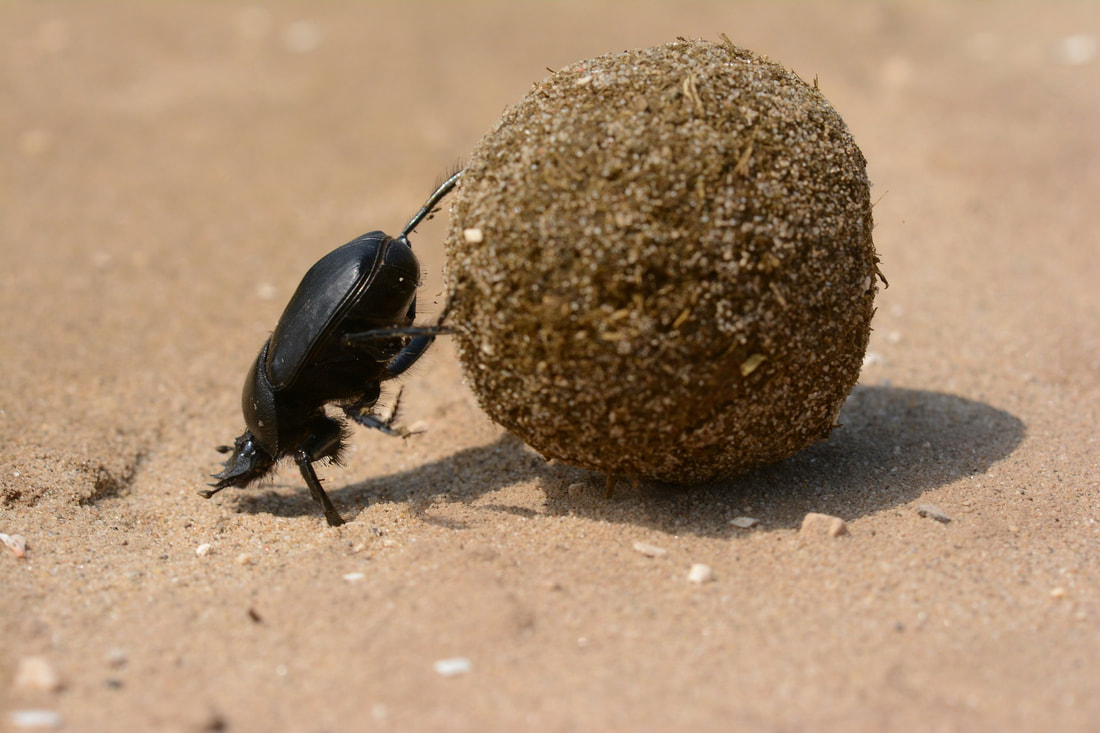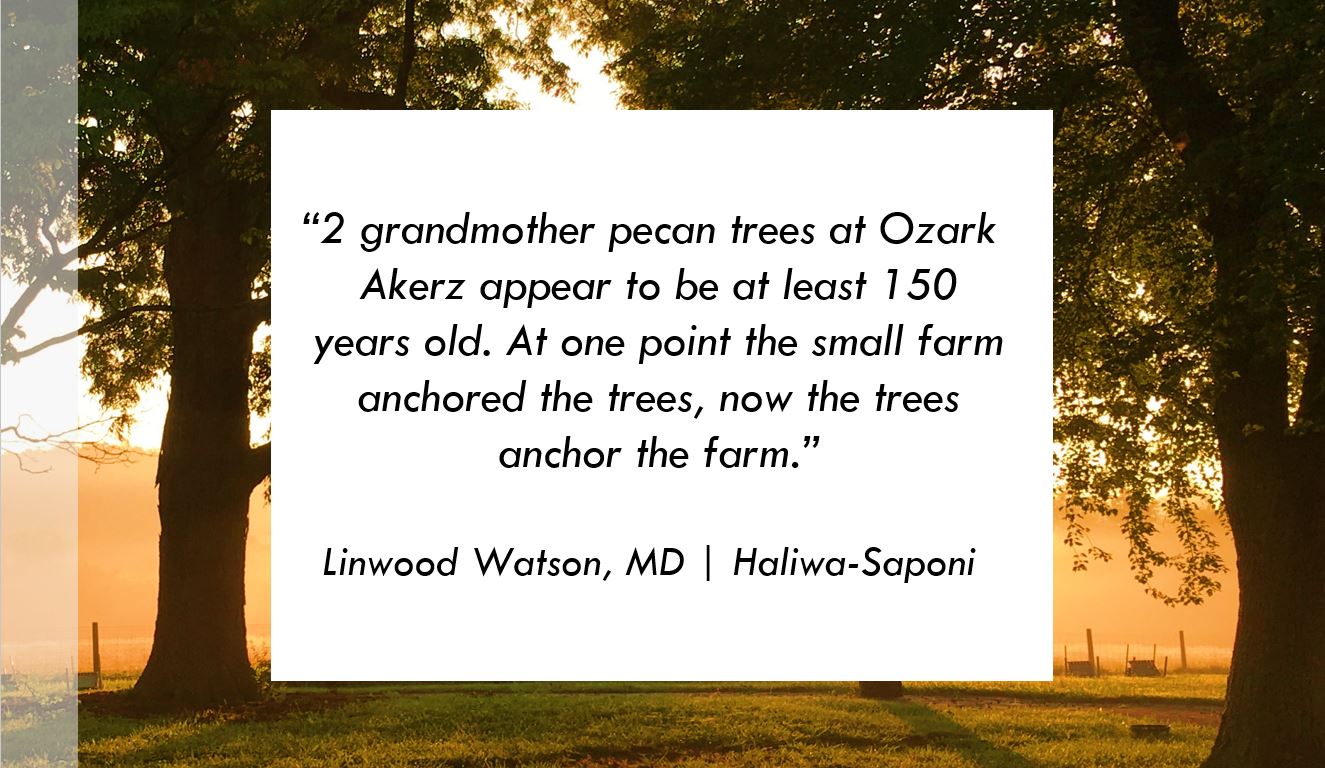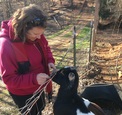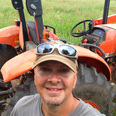How Dung Beetles Improve Health Of Regenerative Farms
Dung beetles are the strongest animals in the world. They can pull 1,141 times their body weight. That’s like a human pulling six fully loaded double-decker buses. They are found on every continent except for Antarctica.
Unlike the dung beetles I watched with curiosity as a kid in Rhodesia (now Zimbabwe) that would roll a ball of elephant dung much larger than themselves, the dung beetles in North Carolina are mainly tunneling (lay eggs in the soil beneath the cow pat) or dwelling (lay eggs in the cow pat). Tunneling dung beetles are the most beneficial to soil and pasture by acting as living feritlizers. By burying cow poo as food for their young, they aerate, introduce organic matter, and cycle the nutrients that are present in cow dung to the soil. The dwelling beetles have the additional benefit that they compete for manure with horn flies that can irritate the cows.
11 Comments
Why Grow a Food and Medicine Forest?
A Food & Medicine Forest attempts to mimic nature. It provides bio-diverse, perennially growing food and medicine and tools. The benefits of growing a Food & Medicine Forest range from carbon capture to self-reliance to increasing biodiversity. We have started started converting an old hay field intoto a Food & Medicine Forest. This area of the farm contributes heavily to our health and is one of the reasons Sue, who is a cancer survivor, has not taken any prescription or over-the-counter drugs in 8 years.
We’ve allowed wildflowers and ‘weeds’ to grow and added native species of shrubs, trees and flowers, and perennial food plants. Our goals have been multi-fold. In no specific order, these include:
This article originally appeared in the Courier-Tribune on June 7, 2020
I have lived in big cities most of my life. The constant traffic noise and streetlights are annoying. You never get to hear crickets or see stars. When I was in my late 30s, I moved to a semi-rural community in North Carolina. I say semi-rural because it was on a private road and had no streetlights, but it was only a mile and a half to the nearest mall. When we moved there, I immediately realized how little I missed big city noise. When I sat outside at night, the sounds of crickets, tree frogs and wind through the pines were so comforting. But the lack of streetlights was terrifying. I was sure that I heard Jason from Friday the 13th creeping around in the woods carrying 2 large axes and a machete. As soon as my imagination kicked in, I couldn’t hear frogs or crickets or anything else over the commotion made by all of the hairs standing up on the back of my neck, arms and legs. I told my wife that I was going to leave the outside lights on because of monsters. She grew up on a farm and loved the fact that we didn’t have streetlights, but she humored me. After a few months, I was finally able to sleep with the lights off. |
Categories
All
Archives
April 2024
Check out our YouTube channel
Copyright © Turboxark Inc 2014-2024 - Terms of Use
|





 RSS Feed
RSS Feed